This is Part 3 of the EBX5 Data Modeling blog series covering the detailed steps involved in creating Data Models in EBX5.
Data Model Structure
Adding Elements to Data Model:
Here is the list of elements that can be added to describe the structure of the Data Model.
- Fields
- Groups
- Tables
- Primary Keys
- Foreign Keys
- Associations
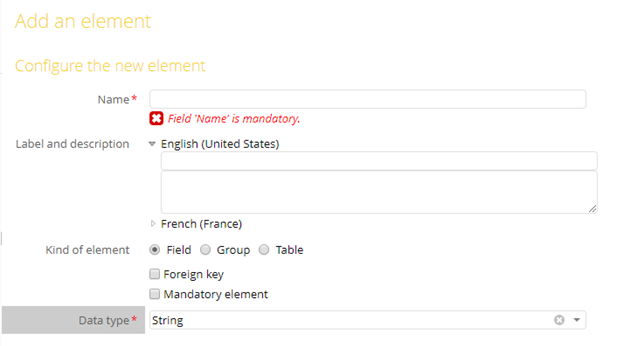
We must provide a unique name to the element when creating it. This name cannot be changed once it is created. We can also provide a label name that is displayed to users based on the user’s language preference.
Deleting Elements from Data Model:
The elements from the current Data Model can be deleted by selecting the elements and clicking on delete.

Duplicate Existing Elements:
One can duplicate the existing element in the Dataspace. This will copy all existing properties of the data elements. However, a new unique name must be provided for the element.
Duplicated elements can be added only at the same level as in the source Data Model and all the child elements are copied as well.
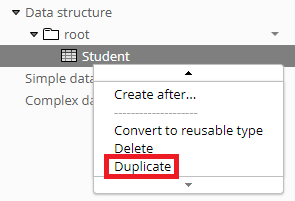
Moving Data Elements:
EBX5 gives developers the option to re-order the elements within the current Data Model. However, moving elements outside the current structure in the Data Model is not allowed.
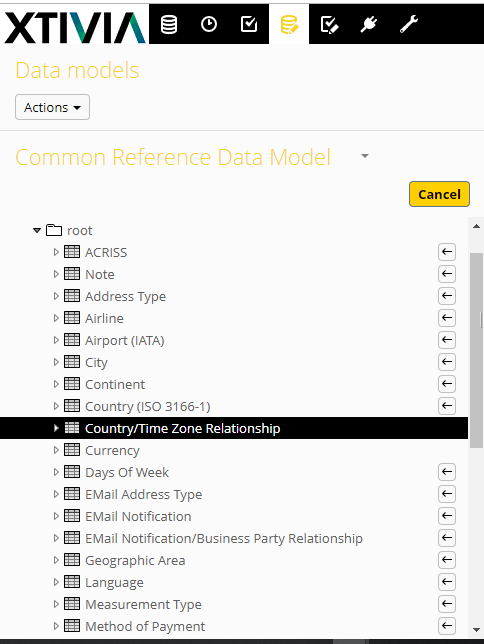
Reusable Types:
These are created once and reused in different places of the Data Structure.
Defining a Reusable Data Type: A reusable data type can be defined as a Simple Data Type or Complex Data Type. It is possible to convert existing tables to reusable data types.
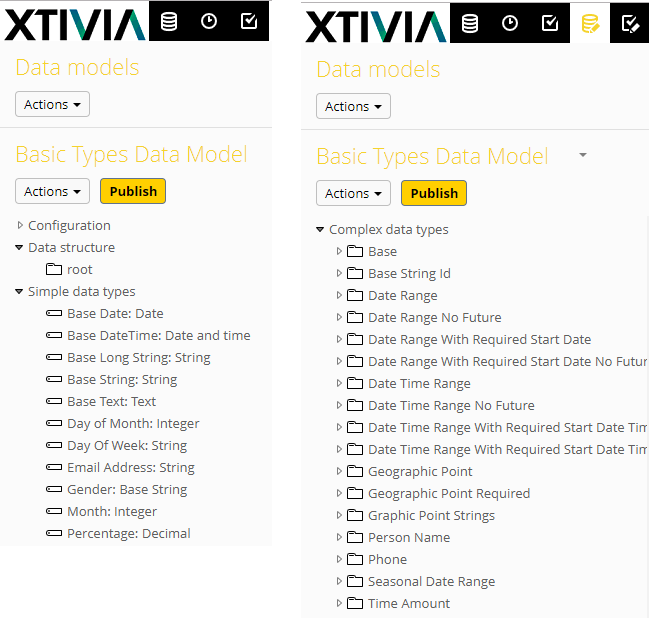
Using a Reusable Data Type: To use a reusable type in the Data Structure, select the option while creating a new element.
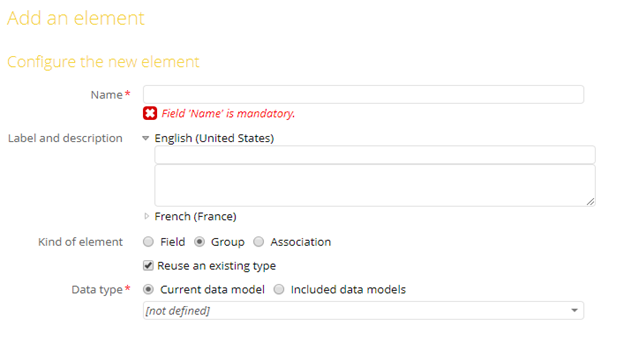
Associations
An association allows for defining semantic links between tables in the Data Model. An association is created as a child entry under a table in the Data Structure. It is used when one too many relationships between tables is required. However, changing an existing element in Data Model to an Association is not allowed.
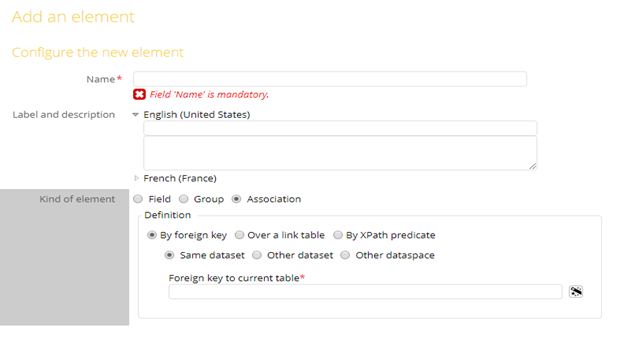
Types of Association:
Inverse Foreign Key: In this case, the Association Element is defined in a source table and refers to a target table. In the target table, there is a counterpart foreign key referring back to the source table. Hence the name Inverse Foreign Key.
Link Table: As the name suggests, we have a third table linking the relationship between two tables. The link table defines foreign keys one to the source table and the other to the target table. The primary key of the link table should be either an auto-incremented value or foreign keys to the source table and the target table.
XPath Predicate: XPath Expression is used to define the Association of elements. The Association is defined in a source table and filtered using an XPath Expression in the specified target table.
Additional Properties of Association:
- XPath Expression is used to filter records for Associated Elements.
- A tubular view can be created to display elements in the associated table.
- Inline View or In Tabs are the views available for an Associated element.
- Choose if the Associated records are to be shown in Data Services exposed by EBX5.
- Maximum and Minimum number of Associated records can be defined.
- Additional validation constraints using XPath Expression can be defined.
Summary: If you have questions on EBX MDM tool or need help with EBX implementation/support, please engage with us via comments on this blog post, or reach out to us.


looking for a datamodel example that allows to show child table records in main table.
Looking for an example that can create association with xpath expression
I want to learn who xpath expression can be written inside same dataset and other dataset